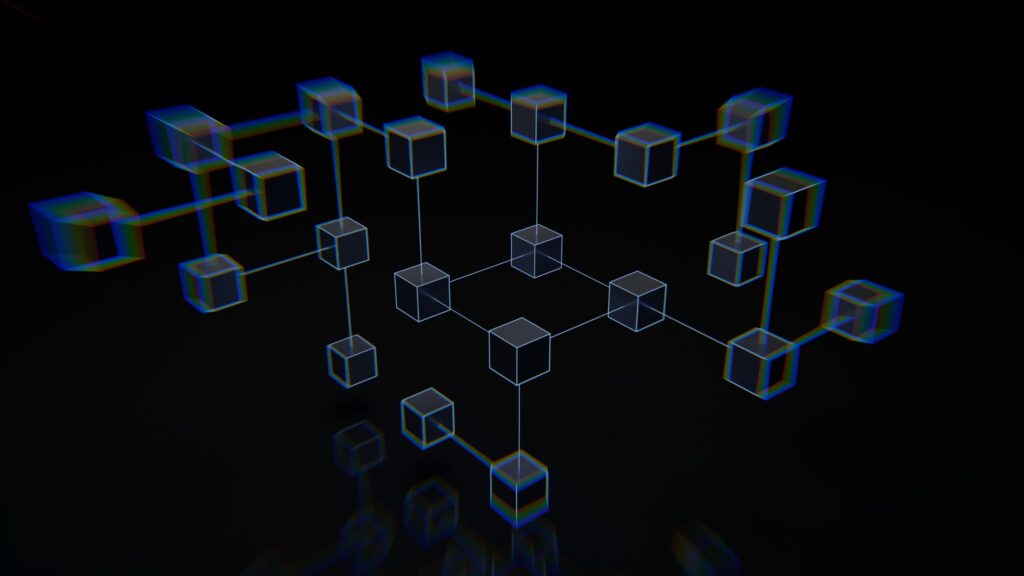Blockchain has revolutionised the way data is controlled. Today, companies of all sizes are utilising and investing in the development of their technology. If you use blockchain and are looking to claim R&D tax incentives, you need to be able to demonstrate the innovation, engineering, and advances to the HMRC’s software specialists.
This article will explain blockchain technology, how it is currently used, and how it can qualify you for R&D tax credits.
Distributed across a network of computers, blockchains are digital ledgers of transactions. The system record information in a way that makes it difficult to hack, change or cheat the system.
In today’s world, we need banks or the government to approve transactions. However, blockchain is unique because it is hosted by millions of computers worldwide. Therefore, no single individual or entity has control over it. The most famous application of blockchain technology is bitcoin. Blockchain records the history of a bitcoin. Giving each bitcoin a life story, and detailed fingerprint. As a result, the blockchain’s history is traceable.
Many companies are using blockchain for innovative projects and in disruptive ways. A few ways it is being applied to sectors include:

Blockchain technology is constantly being researched and developed. Not only is it a dynamic technology and limitations to scalability. But there are core codes that require updates. This can cause issues for developers.
It is a dynamic technology, with many technical challenges and constant R&D being applied. There are certainly scalability limitations. Because, when the core code requires updates, it can pose a considerable issue to developers. Today, many companies are creating services or apps to use their technology. In addition, they are using available baseline knowledge and technology. Therefore, if you and your business are not developing your own blockchains, you may not be eligible. Because you are essentially building on existing technology.
Suppose your R&D project contains your extending blockchain or adding new technical stacks. In that case, you may qualify for R&D. This also applies if you have different blockchains interacting or exploring workarounds to get blockchains to work for your purpose.
Other ways might make you eligible, such as tackling the issues directly. This might be security, data governance, GDPR compliance, or environmental costs of mining. Regarding GDPR and blockchains, some businesses are researching ways to supplement blockchains with separate databases. This is to allow people to manage their records and delete personal details. As a result, this may generate verified blockchains that remain GDPR compliant.
Furthermore, a big concern in the world of blockchain technology is the environmental impact of data mining.
Many consensus mechanisms blockchains use to validate blocks. Such as Proof of Work, require a great deal of energy. This has a highly detrimental impact on the environment. Therefore, if your business is about finding ways blockchain can become more environmentally friendly, you can qualify for R&D tax relief.
Many novel users of the technology are complicated and filled with technical challenges. This means that significant costs are often involved. Blockchain development requires expired developers and computer sources to support your business. Therefore, you want to ensure your business encapsulates all costs to successfully continue your innovative R&D project.
The following contains a short list of more qualifying activities:
If you are using innovative blockchain technology in your R&D projects, you can be eligible for R&D tax credits. This also applies if you are proposing ways to overcome its technical challenges. Contact us today to know how we at FI Group can help you on your journey to claiming R&D tax